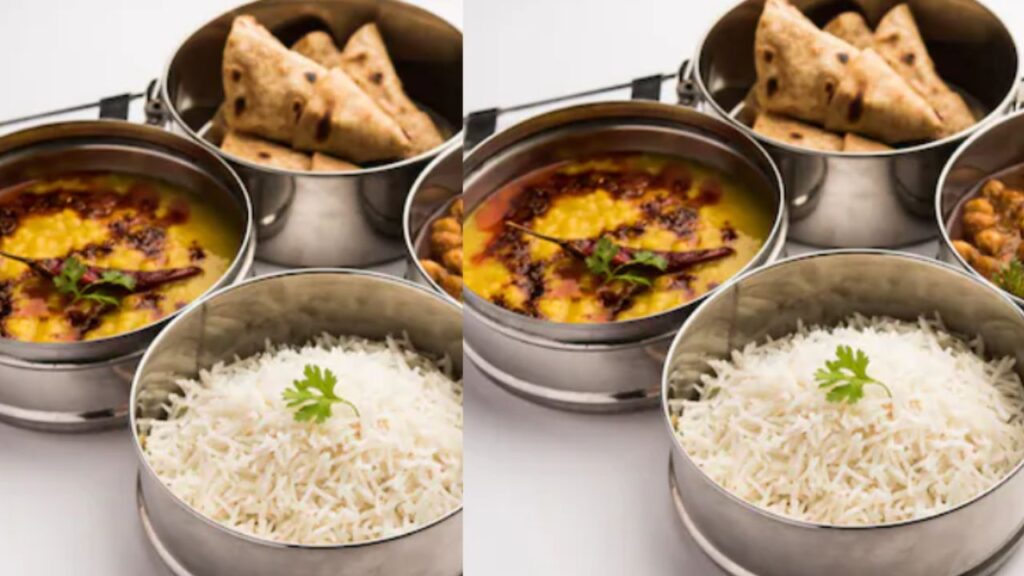8 Lunchbox Mistakes You Should Avoid During Monsoon for Better Health
The monsoon season brings welcome relief from the scorching summer heat, but it also creates the perfect environment for bacteria, fungi, and viruses to thrive. This makes food hygiene more important than ever—especially when it comes to lunchboxes for school, office, or travel. A seemingly harmless mistake in packing or storing food can lead to indigestion, food poisoning, or other infections during the rainy season.
Here are eight common lunchbox mistakes you should avoid during monsoon to keep your meals safe, fresh, and healthy.
1. Packing Food Too Early
Preparing and packing lunch the night before might seem like a time-saver, but during the monsoon, it can lead to bacterial growth. Warm, humid conditions accelerate spoilage. Instead, cook and pack your food fresh in the morning, allowing it to cool slightly before sealing it in the lunchbox.
2. Using Wet Containers
One of the biggest mistakes is packing food in a lunchbox that hasn’t been dried properly. Even a few drops of water can encourage mold or bacterial contamination. Always ensure your lunchbox is washed, dried thoroughly, and stored in a clean space before use.
3. Choosing High-Moisture Foods
Foods with a high water content—like cut melons, cucumber salads, or curd-based dishes—spoil faster in humid weather. Instead, opt for dry or semi-dry dishes such as stuffed parathas, poha, upma, or grilled sandwiches. If you must carry moist foods, store them separately in airtight containers and consume them quickly.
4. Ignoring Insulated Lunchboxes
During the rainy season, temperature control becomes critical. Packing hot food in a non-insulated container can cause it to stay lukewarm for hours, creating a breeding ground for bacteria. Use insulated or stainless-steel tiffins to maintain the temperature—either hot or cold—until it’s time to eat.
5. Overlooking Seasonal Ingredients
Packing leafy greens like spinach or methi in lunchboxes during monsoon can be risky, as they are more prone to contamination and carry higher levels of grime. If using them, wash thoroughly in salt water and cook well. Prefer seasonal vegetables like bottle gourd, ridge gourd, or bitter gourd, which are safer during this time.
6. Not Separating Curries and Breads
Packing curries and chapatis in the same compartment can make the bread soggy and unappetizing by lunchtime. Worse, it speeds up spoilage. Always use separate sections or containers to keep textures intact and flavors fresh.
7. Using the Same Cloth Napkin Daily

Many people forget that the napkin inside their lunchbox can also harbor bacteria if not washed daily. During the monsoon, dampness can make it a hotspot for germs. Keep at least 4–5 clean napkins in rotation and wash them thoroughly after each use.
8. Skipping Proper Hand Hygiene While Packing
Even if your kitchen is spotless, bacteria can transfer from your hands to the food while packing. Always wash your hands with warm water and soap before handling lunchbox contents, especially during the monsoon when infections are more common.
Extra Tip: Avoid Street-Food Lunches in Monsoon
While it’s tempting to pack snacks or meals bought from roadside stalls, the rainy season isn’t the safest time for outside food due to hygiene concerns. Homemade meals give you better control over cleanliness and ingredients.
A little extra care in packing your lunchbox can go a long way in protecting you and your family from monsoon-related illnesses. Avoiding these eight common mistakes—while following basic food safety practices—ensures that your meals stay fresh, safe, and delicious even during the most humid days of the year.
With the right precautions, you can enjoy your lunch without worrying about unwanted rainy-season surprises.
